
It happens so quickly. One second of not paying attention or being distracted and you’ve already filled your tank with the wrong fuel. Once the mishap has happened, you have to take action quickly, otherwise there is a risk of serious engine damage. Simply starting a diesel engine with petrol in the tank can lead to engine damage with repair costs of several thousand pounds.
A misfuelling always has unpleasant consequences. At the very least, the engine will stop running and, in contemporary diesel vehicles, the delicate injection system is also prone to damage which can be quite expensive. As a general rule, the second you realise you have made this mistake, you have to stop refuelling right away. Don’t engage the engine again and make sure to leave the ignition off! In contemporary vehicles, the fuel pump of the injection system is usually already activated when the car door has been opened – or most certainly when the ignition has been turned on. In order to avoid misfuelling, a standardised fuel labelling system has been introduced throughout the UK and the EU. The same system is expected to be implemented in 2022.
Misfuelling – symptoms
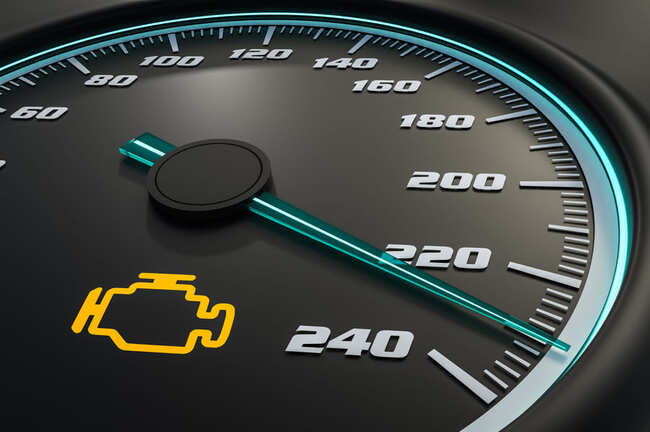
Filled up with Super E10 instead of Super E5?
This is harmless if your vehicle is generally approved for E10. Otherwise, even a single mistaken tank filled with E10 can lead to serious damage. In the event of misfuelling with E10, you should follow the vehicle manufacturer’s instructions. According to experts, however, it may be sufficient to immediately fill up the tank with a low-ethanol fuel (preferably Super Plus) in order to achieve an ethanol mixture ratio that is as harmless as possible. However, if you have filled the tank to the brim with E10, the fuel must be pumped out – depending on the manufacturer’s specifications.
Petrol instead of diesel?
If you haven’t started the engine or ignition, pumping the petrol-diesel mixture out of the tank may be sufficient. But, if the car has already been running, you may have to get a whole injection system. This can be quite expensive. Repair is mandatory if small particles have formed in the fuel system. Even if the engine is still working, the components of the high-pressure injection system have already been damaged because petrol immediately wipes off the urgently needed diesel lubricating film. This often shows up afterwards in the form of a total pump failure. There is a widespread misconception that a little petrol in the diesel does no damage, especially in winter. This is no longer the case with today’s cars. If, on the other hand, it is an older diesel model, a few litres of petrol together with diesel residue usually isn’t a problem.
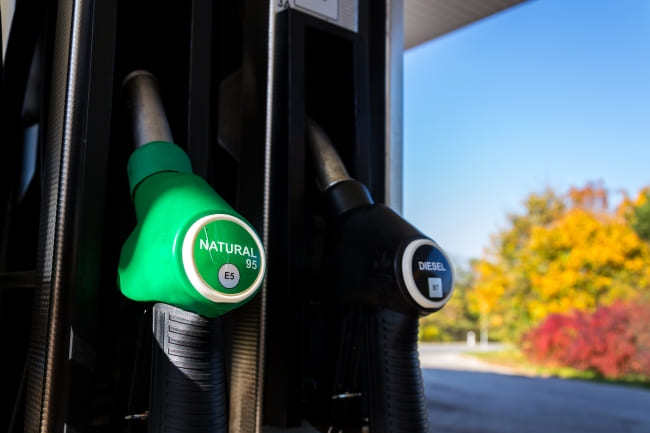
Diesel instead of petrol?
In the case of small amounts of the wrong fuel, it is best to not start the engine at all. If you only notice the misfuelling while driving, stop immediately if your can and turn off the engine. If you do not find any information in the operating instructions, contact the vehicle manufacturer’s workshop. This depends on the engine and the amount of incorrect fuel – you can either continue to drive carefully (and keep refilling with correct fuel) or you must have the tank pumped out. Take note that damage to the injection system is still quite likely.
Normal/super instead of super/super plus?
In most cases, you can do without pumping if you do not expect high performance from the motor. This means foregoing top speed, hill climbing, and towing capacity for the time being and refuelling with the right grade of petrol.
AdBlue instead of diesel?
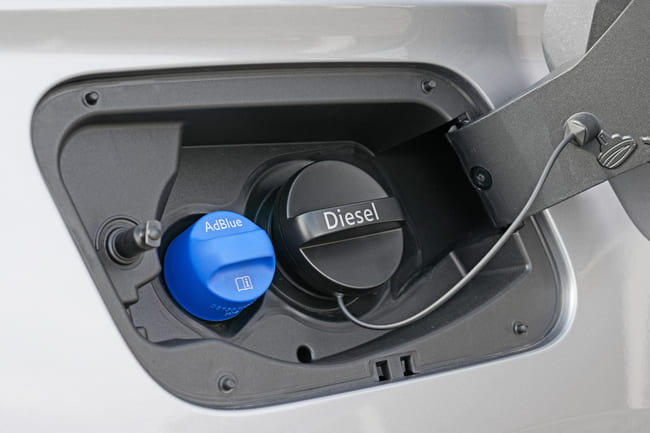
It is unlikely that diesel fuel will be accidentally put into the AdBlue tank. The neck does not fit the usual nozzles of spare cans. Putting AdBlue into the diesel tank, on the other hand, is easy on vehicles that do not have misfuelling protection: for example, when using commercially available five or ten litre canisters from the DIY or supermarket with a simple filler nozzle. AdBlue could be filled into the diesel tank or vice versa: the consequential damage can be as costly as misfuelling with petrol.
If AdBlue has been filled into the tank and the ignition has not yet been switched on, intensive cleaning of the tank is usually enough. If, on the other hand, the ignition is switched on, AdBlue can enter the sensitive injection system. Since AdBlue has a very aggressive effect on pipes and hoses, this can lead to expensive damage. In addition to tank cleaning, fuel pumps, lines, and filters must then be replaced. The same then goes for injection nozzles or fuel injectors. However, contingent on the manufacturer and model, the recommendations after a misfuelling can vary sometimes. Therefore, please look at the operating manual of your car or get in touch with your garage.



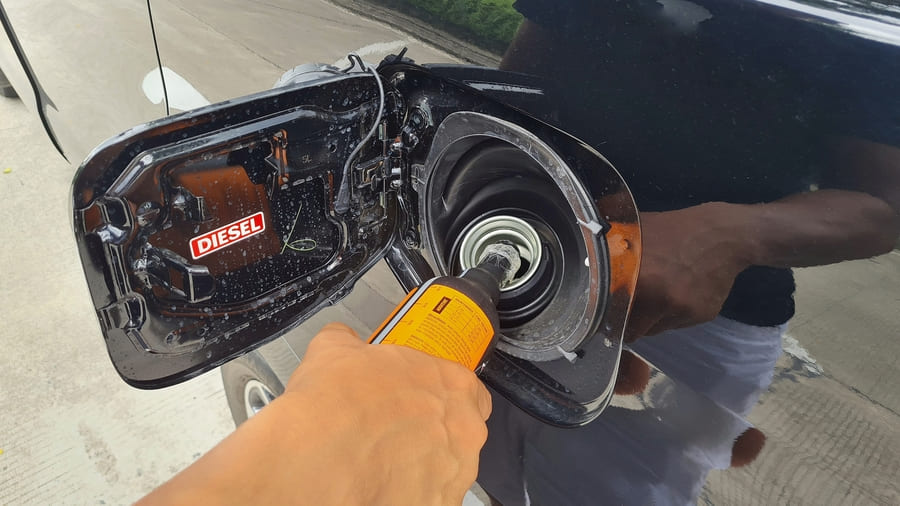
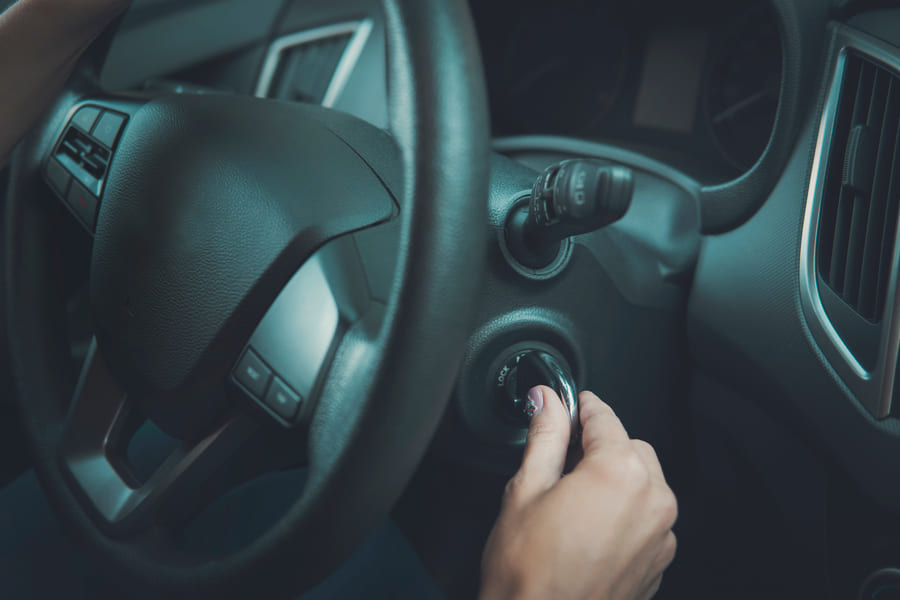

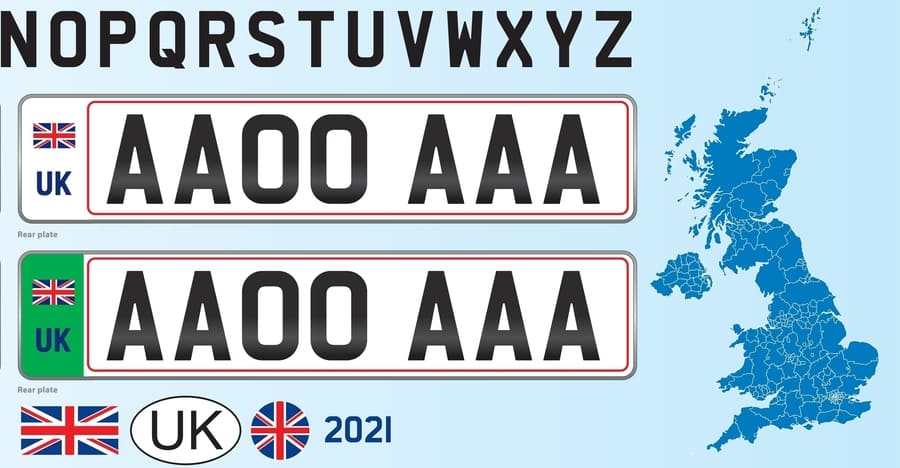

Comment